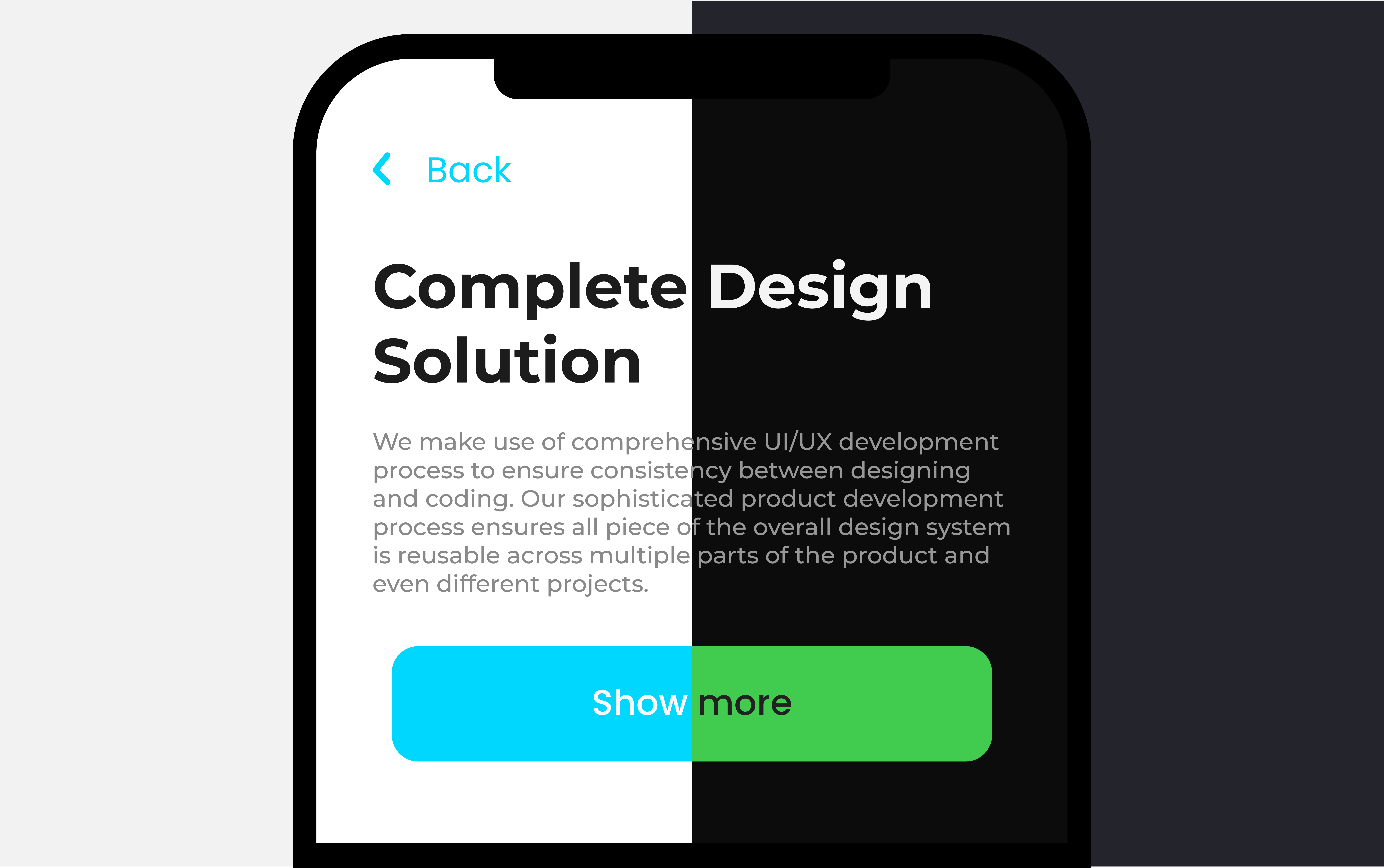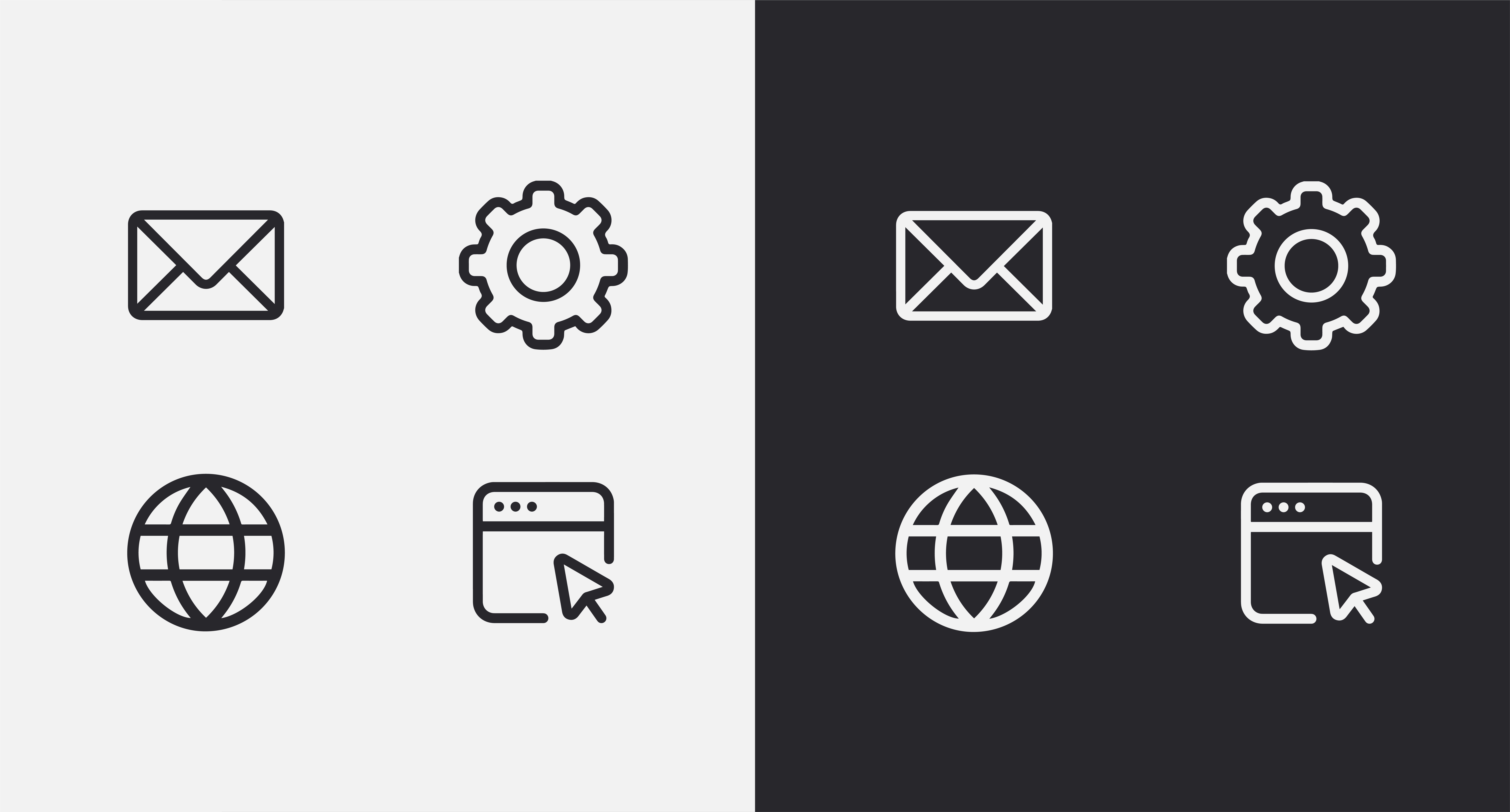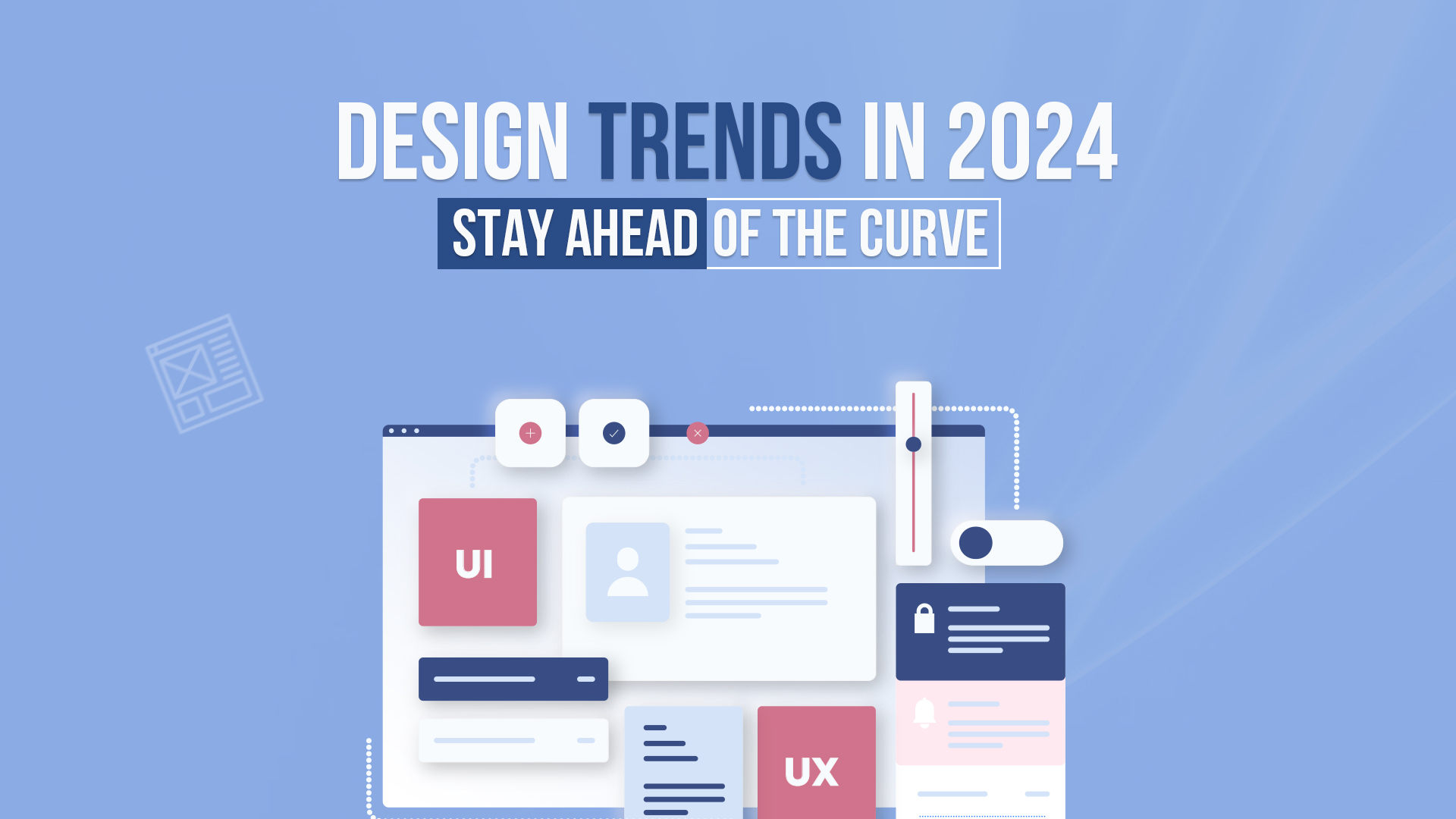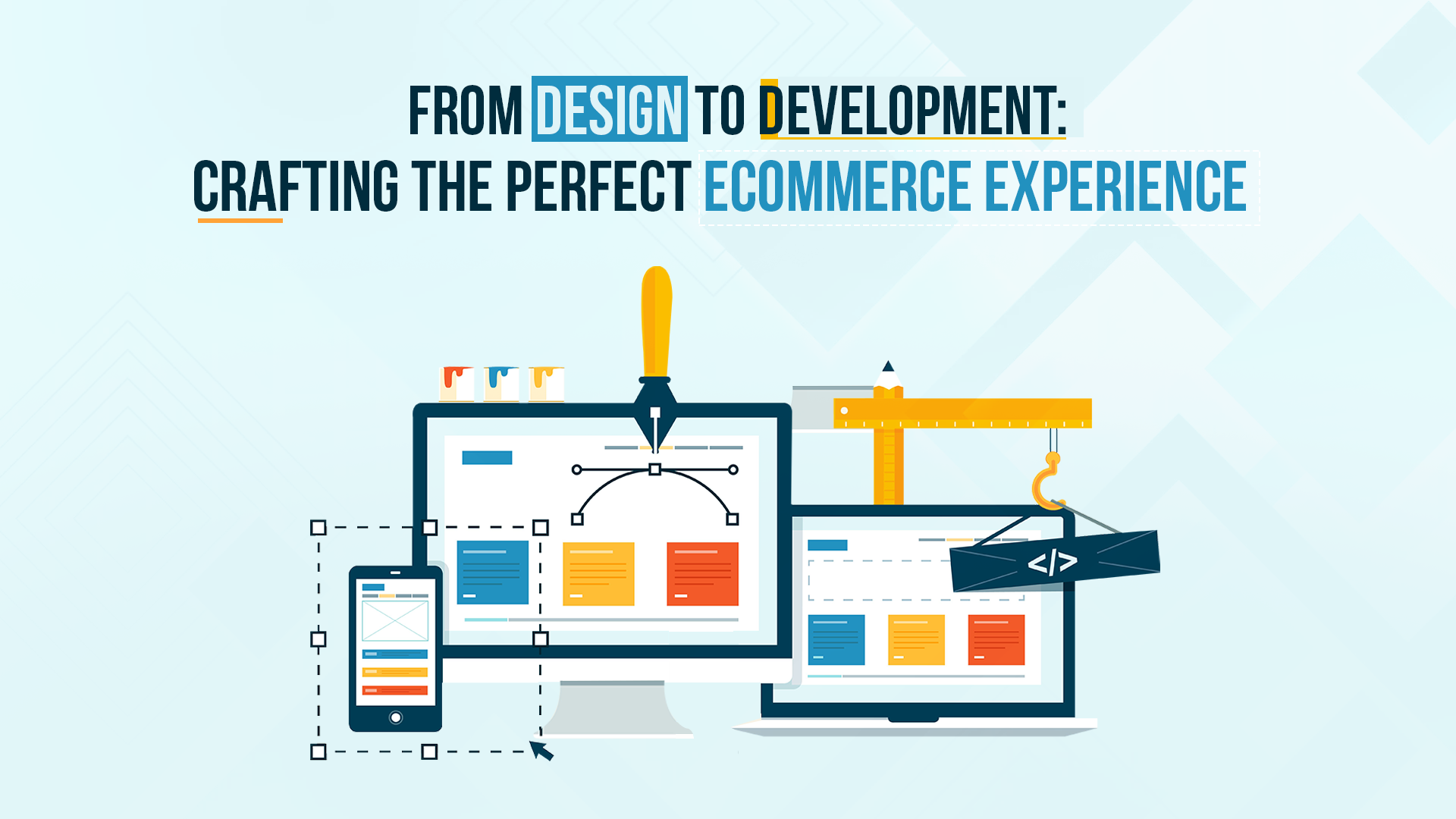Dark mode design, once considered a niche feature, has now become a popular design trend that is changing the way we interact with digital interfaces. It has gained widespread adoption in operating systems, mobile apps, websites, and social media platforms, transforming traditional bright color schemes into sleek, eye-catching alternatives.
This blog delves into the world of dark mode, exploring its rise in popularity and the numerous benefits it offers. We will discuss the ergonomic advantages, aesthetic appeal, and technical aspects of implementing dark mode across different platforms. As user preferences continue to shape the digital landscape, understanding the best practices is becomes crucial for creating visually pleasing, accessible, and user-friendly interfaces.
Our dark mode journey will provide insight into both design principles and user preferences as we explore the nuances of dark mode. Whether you’re a designer looking to enhance the user experience or a user curious about the dark mode phenomenon.
How Dark Mode Can Benefit You
Dark mode isn’t just a stylistic choice; it comes with a host of benefits that contribute to a better user experience. Let’s explore the advantages that make dark mode a compelling design option:
1. Reduced Eye Strain – Dark mode reduces eye strain by minimizing the contrast between text and background, making it easier on the eyes, particularly in low-light conditions. This makes it a preferred choice for users who spend extended periods in front of screens.
2. Battery Savings (for OLED Screens) – Dark mode is device-friendly, especially for OLED screens that can individually turn off pixels to display true black. Since dark mode has a predominantly black background, fewer pixels are active, resulting in power savings and prolonged battery life for devices.
3. Aesthetic Appeal – Beyond its ergonomic advantages, dark mode has an undeniable aesthetic allure. The sleek and modern look of dark interfaces enhances the overall visual appeal of applications and websites, making it a popular choice for designers and users alike.
Adapting the Dark Mode to User Preferences
Understanding user preferences is essential for creating designs that resonate with a diverse audience. Dark mode’s widespread adoption is not solely based on aesthetics; it aligns with users’ comfort and visual inclinations. Let’s delve into the realm of user preferences regarding dark mode:
Numerous studies and surveys have explored user preferences for dark mode, covering factors such as age, profession, and device usage patterns to provide nuanced insights.
When designing interfaces, it’s important to consider the preferences of different age groups. For example, younger people tend to prefer sleek designs, while older individuals prioritize readability and reduced eye strain. Taking these nuances into account is crucial when creating inclusive designs that cater to a diverse audience.
Integrating user preferences seamlessly into the design process is a complex task. The key to creating engaging interfaces is finding a harmonious balance between aesthetics and functionality. In the upcoming sections, we will outline the best practices that designers should follow to achieve the ideal dark mode implementation that is user-centric.
The Best Practices For Implementing Dark Mode Design
The popularity of dark mode is on the rise, and it’s important to follow design best practices to ensure a seamless and visually pleasing user experience. In this article, we will discuss the key considerations when implementing dark mode in your designs:
1. Color Choices for Dark Themes
Choosing the right color palette is a crucial aspect of dark mode design. While black backgrounds are common, incorporating shades of dark gray or deep blue can enhance readability and reduce visual fatigue. Selecting contrasting colors for text and UI elements is important to maintain clarity and ensure a visually striking design.

2. Contrast and Readability
Maintaining optimal contrast is vital to ensure that content remains legible in dark mode. Striking the right balance between text and background colors is essential, as it prevents eye strain and guarantees readability. Testing designs under various lighting conditions can help identify and address potential readability issues.

3. Accessibility Considerations
In the ongoing debate between dark and light mode, it is essential to consider accessibility as a crucial factor. While dark mode is visually appealing, it may pose a challenge to users with vision impairments due to low text contrast, while light mode can cause glare. The most effective solution is to provide users with a choice to select their preferred mode, along with accessibility options such as contrast and text size customization. It is also crucial to consider conditions like Irlen Syndrome to ensure inclusivity and cater to diverse needs while designing.

4. Icons and UI Elements
Icons and UI elements play a pivotal role in dark mode aesthetics. Ensuring that icons are well-designed and easily distinguishable against a dark background is essential. Employing subtle gradients, outlines, or accent colors can contribute to a visually appealing and intuitive user interface.

By following these design best practices, developers and designers can create dark mode experiences that not only look stylish but also prioritize functionality and user comfort. The following sections will delve into the technical aspects of implementing dark mode and explore how to seamlessly integrate this feature across various devices and platforms.
Technical Implementation
Incorporating dark mode into a design is not as simple as just choosing a color scheme. It involves paying attention to technical details to guarantee a seamless and uniform user experience. This section will delve into the technical aspects of implementing dark mode in your designs.
> CSS and Styling for Dark Mode
CSS plays a key role in crafting the visual aesthetics of dark mode. Implementing a robust styling system that allows for easy toggling between light and dark themes is essential. Utilizing CSS variables, media queries, and specific class names can streamline the process and make your design adaptable to user preferences.
> Dark Mode Toggles and User Settings
Providing users with control over their interface is key to a user-friendly experience. Implementing dark mode toggles and incorporating user settings allow individuals to choose their preferred mode. This customization not only caters to diverse user preferences but also adds a layer of personalization to the user experience.

> Compatibility Across Devices and Platforms
Dark mode should be a seamless experience regardless of the device or platform. Assuring compatibility with various browsers, operating systems, and screen sizes is crucial. Testing the dark mode implementation across different devices guarantees a consistent and visually appealing design for all users.
Popular Platforms and Apps with Dark Mode
Dark mode has evolved from being a design trend to becoming an expectation for users. Many popular platforms and applications have embraced this feature as a means to enhance the user experience. We showcase examples of successful dark mode implementations and draw lessons from leading platforms:
1. Social Media Platforms
Overview: Twitter’s dark mode stands as a paragon of design sophistication.
Key Features: A dark blue theme meticulously crafted to reduce eye strain while seamlessly aligning with the platform’s aesthetic.
Design Excellence: The dark background serves as a canvas, making content visually striking for a comfortable browsing experience.
Overview: Instagram’s dark mode is tailored for the visually inclined.
Key Features: A dark gray background intensifies the vibrancy of visual content, creating a sleek and immersive environment.
Design Excellence: Ideal for multimedia exploration, Instagram’s dark mode adds a touch of sophistication to the user interface.
2. Operating Systems
> iOS and Android
Overview: Both iOS and Android offer system-wide dark mode settings, showcasing a commitment to a cohesive user experience.
Key Features: iOS emphasizes elegance with a true black background for OLED screens, while Android provides granular control for users.
Design Excellence: These operating systems prioritize user preferences, allowing for a seamless transition between light and dark modes.
3. Productivity and Collaboration Tools
> Microsoft Office
Overview: Microsoft Office seamlessly integrates dark mode for a focused work environment.
Key Features: A subdued color palette enhances concentration during document creation and editing.
Design Excellence: Tailored for extended work sessions, Microsoft Office’s dark mode provides a comfortable and visually pleasing interface.
> Slack
Overview: Slack’s dark mode caters to professionals in the collaboration realm.
Key Features: The dark interface reduces eye strain, fostering an optimal environment for communication and collaboration.
Design Excellence: Designed for prolonged work hours, Slack’s dark mode contributes to a conducive and visually appealing collaboration space.
Future Trends in Dark Mode Design
As technology continues to evolve and user preferences shape the digital landscape, it is poised for further innovation. Explore emerging trends and offer predictions for the future of dark mode:
> Emerging Technologies
Dynamic Dark Mode
Future implementations may explore dynamic dark mode, adapting in real time based on ambient lighting conditions. This intelligent system could provide users with an optimal viewing experience, automatically adjusting the interface brightness and color scheme.
AI-Driven Personalization
Artificial intelligence (AI) could play a significant role in tailoring dark mode experiences to individual user preferences. By analyzing usage patterns and user feedback, AI algorithms may dynamically adjust dark mode settings to enhance user comfort and satisfaction.
> Design Trends
Gradient and Textured Dark Themes
Designers may experiment with incorporating gradients and textures into dark mode themes, adding depth and visual interest to the interface. This trend could provide a more nuanced and sophisticated look, departing from the traditional flat design associated with dark modes.
Minimalist Dark Interfaces
A shift towards minimalist dark interfaces is anticipated, emphasizing clean lines, uncluttered layouts, and simplified visual elements. This trend aligns with the desire for distraction-free experiences while maintaining the elegance of dark-mode aesthetics.
> Integration Across Platforms
Seamless Cross-Platform Integration
Designers and developers may prioritize creating unified dark mode experiences that seamlessly transition between mobile devices, desktops, and web interfaces, to achieve greater consistency across different platforms and devices.
Enhanced Accessibility Features
Advancements in dark mode may include more robust accessibility features such as customizable contrast settings, improved readability options, and enhanced compatibility with assistive technologies.
Summary
Dark mode has transformed from a mere design trend to a user-centric necessity. It offers several benefits, such as reduced eye strain and improved aesthetics. To create visually appealing interfaces, it is essential to understand user preferences and follow best practices. Designers must stay adaptable to emerging trends and technologies as dark mode continues to shape the digital experience. Whether it is for enhancing productivity or just enjoying a sleek interface, dark mode is here to stay. It provides a dynamic and sophisticated user experience across various platforms.










